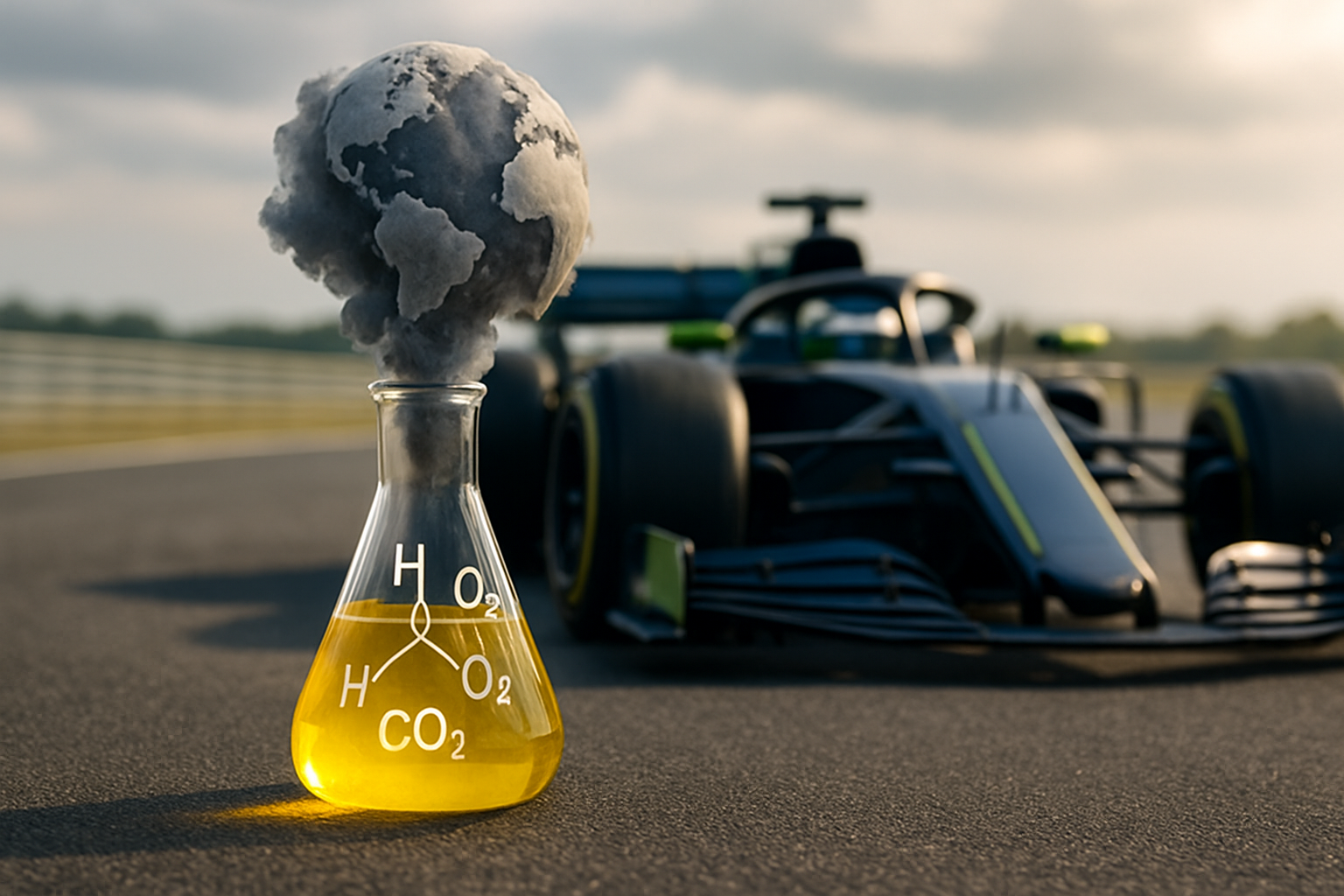Synthetic Fuels: Racing Towards a Cleaner Automotive Future
In the ever-evolving world of automotive technology, synthetic fuels are emerging as a promising solution to reduce carbon emissions without overhauling existing engine designs. This innovative approach to fuel production could revolutionize the way we power our vehicles, offering a bridge between traditional combustion engines and the push for greener transportation. But what exactly are synthetic fuels, and how could they reshape the automotive landscape? Let's dive into the world of these laboratory-crafted hydrocarbons and explore their potential to transform the future of mobility.

The production process begins with electrolysis, where electricity—ideally from renewable sources—splits water into hydrogen and oxygen. The hydrogen is then combined with carbon dioxide captured from industrial processes or directly from the air. Through a series of chemical reactions, including the Fischer-Tropsch process, these elements are transformed into liquid hydrocarbons that closely resemble traditional fuels.
A Brief History of Synthetic Fuel Development
The concept of synthetic fuels is not new. During World War II, Germany developed synthetic fuel technology to compensate for limited access to oil reserves. The Fischer-Tropsch process, named after the German chemists Franz Fischer and Hans Tropsch, was a key development in this era. Post-war, South Africa heavily invested in synthetic fuel production during the apartheid period to counter international oil embargoes.
In the 1970s, the oil crisis sparked renewed interest in synthetic fuels in the United States. However, as oil prices stabilized, enthusiasm waned. Today, with growing concerns about climate change and the need to reduce carbon emissions, synthetic fuels are once again in the spotlight, this time with a focus on sustainability and carbon neutrality.
The Environmental Promise of Synthetic Fuels
One of the most compelling arguments for synthetic fuels is their potential to be carbon-neutral. When burned, these fuels release CO2 into the atmosphere, but this is offset by the CO2 captured during the production process. In theory, this creates a closed carbon cycle, where no new carbon is added to the atmosphere. This contrasts sharply with fossil fuels, which release carbon that has been locked away for millions of years.
Moreover, synthetic fuels can be produced using renewable energy sources such as wind or solar power. This not only further reduces the carbon footprint of the fuel but also provides a way to store excess renewable energy in a liquid form that is easily transportable and usable in existing infrastructure.
Challenges and Hurdles in Synthetic Fuel Adoption
Despite their promise, synthetic fuels face significant challenges. The production process is currently energy-intensive and expensive, making synfuels considerably more costly than conventional fuels. Scaling up production to meet global demand would require massive investments in infrastructure and renewable energy capacity.
Efficiency is another concern. The process of converting electricity to liquid fuel and then back to mechanical energy in an engine is less efficient than using that electricity directly in an electric vehicle. This raises questions about the best use of limited renewable energy resources.
There’s also debate about whether synthetic fuels truly offer a long-term solution or if they merely delay the inevitable transition to fully electric vehicles. Critics argue that resources might be better spent on developing battery technology and charging infrastructure.
The Role of Synthetic Fuels in Motorsports
The world of motorsports is often a testing ground for automotive innovations, and synthetic fuels are no exception. Formula 1 has announced plans to introduce 100% sustainable fuels by 2026, with synthetic fuels playing a crucial role. This move could accelerate the development and acceptance of synthetic fuels in everyday vehicles.
Motorsports provide an ideal platform to showcase the performance capabilities of synthetic fuels. As race teams push these fuels to their limits, valuable data and improvements can be gathered, potentially leading to breakthroughs that benefit consumer vehicles.
The Future Landscape: Synthetic Fuels in a Multi-Solution Approach
As the automotive industry grapples with the challenge of decarbonization, it’s becoming clear that a one-size-fits-all solution is unlikely. While electric vehicles are gaining traction, particularly for personal transportation in urban areas, synthetic fuels could play a crucial role in sectors that are harder to electrify, such as aviation, shipping, and long-haul trucking.
In the passenger car market, synthetic fuels could offer a way to reduce the carbon footprint of existing vehicles. This is particularly significant given the long lifespan of cars and the slow turnover of the global vehicle fleet. By providing a cleaner fuel option for older vehicles, synthetic fuels could help bridge the gap during the transition to a fully electric future.
The development of synthetic fuels also aligns with the concept of a circular economy. By capturing and reusing carbon dioxide, this technology turns a waste product into a valuable resource, potentially creating new economic opportunities and industries.
As research continues and production scales up, the cost of synthetic fuels is expected to decrease. Government policies, such as carbon pricing or incentives for low-carbon fuels, could further accelerate adoption and make synthetic fuels more competitive with traditional fossil fuels.
In conclusion, synthetic fuels represent a fascinating intersection of chemistry, environmental science, and automotive engineering. While they are not without challenges, their potential to provide a near-term solution for reducing carbon emissions from the transportation sector is compelling. As the world races to address climate change, synthetic fuels may well play a crucial role in the complex tapestry of solutions needed to create a sustainable automotive future.





